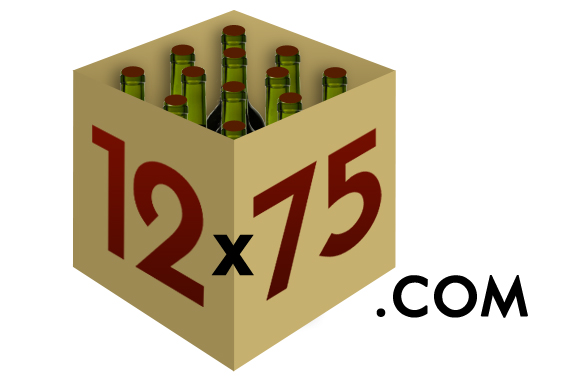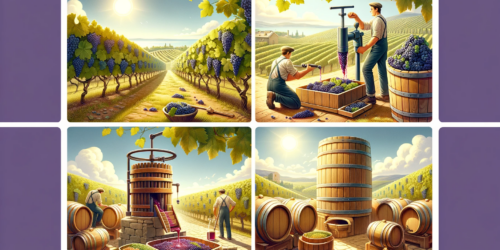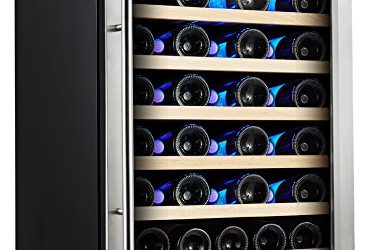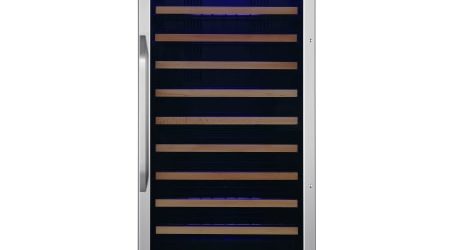Beyond Bordeaux – The New World
Some years ago when I first entered the wine trade, I was working in a little wine shop in Scotland and reading The World Atlas of Wine with a sneaky glass of Beaujolais under the counter. I was interrupted by a customer, who politely said hello and strolled over to our Californian wine section. My colleague struck up a conversation with him about Californian wine and as he was intending to relocate to California with his American wife, it was most convenient when the customer identified himself as Bill Harlan, of Harlan Estate, and suggested that my colleague give him a call when he got to the states.
As a newcomer to the trade I didn’t know who Bill Harlan was, but it didn’t take us long to learn that his Cabernet Sauvignon sold for around £700 a bottle at the time, and his wines are rated by Robert Parker as being among the best in the world. So it was certainly nice to have him in the shop. It was around the same time that I first became aware of wine investors, customers who would purchase cases of wine from us not to drink, but to store and sell on for a profit. Bordeaux was always the investors’ wine of choice, although there was some interest generated by the superstar ‘cult’ wines of the new world and our impressive range of Burgundy.
Burgundy’s DRC wines are highly desirable but they are made in such small quantities that few would choose them above Bordeaux – and this issue of quantity is an important one for the wine investment market beyond Bordeaux. California’s top wines are the product of a few key estates – California as a region does not have the mystique and prestige of Bordeaux, nor its extensive winemaking history. The top wines are barely available and rarely seen at auction. They would be great assets to any wine collector’s portfolio, if they could only get their hands on them. Usually they are sold via mailing lists to collectors who can purchase a small allocation. Sine Qua Non is a Californian estate whose wines are sold this way – and there is a 6 year waiting list to get on to the mailing list.
Other countries like Chile, South Africa and Argentina make some exceptional wines yet without a great deal of interest from Parker and no apparent track record of fetching high prices at auction, it will inevitably be a few years before we start buying them for investment. Even though some of them can age impressively, less is known about them. They lack Bordeaux’s history and heritage, both qualities that add to the attractiveness to the investor. Bordeaux is a known quantity that consistently performs well at auction.
The trend in the New World towards using Stelvin Closures on increasingly expensive wines shows tremendous innovation and raises eyebrows among industry professionals, but it makes collectors nervous because we simply don’t have evidence of ageability under screwcaps. Nonetheless it is clear that with a favourable review from Parker, any wine from the New World can break into the elite club of investable wines. But the quantity issue means that their relative sales at auction will barely scratch the surface of what Bordeaux achieves.
It is unlikely that Robert Parker will start making an annual trip to review the wines of South Africa anytime soon, but that doesn’t mean we should dismiss their wines. It takes time to make history, and just as many of the world’s finest wine critics are waiting patiently to step into Parker’s shoes, it would just take one fantastic score from the next Robert Parker to ensure that one of their winemakers becomes the next Bill Harlan.





